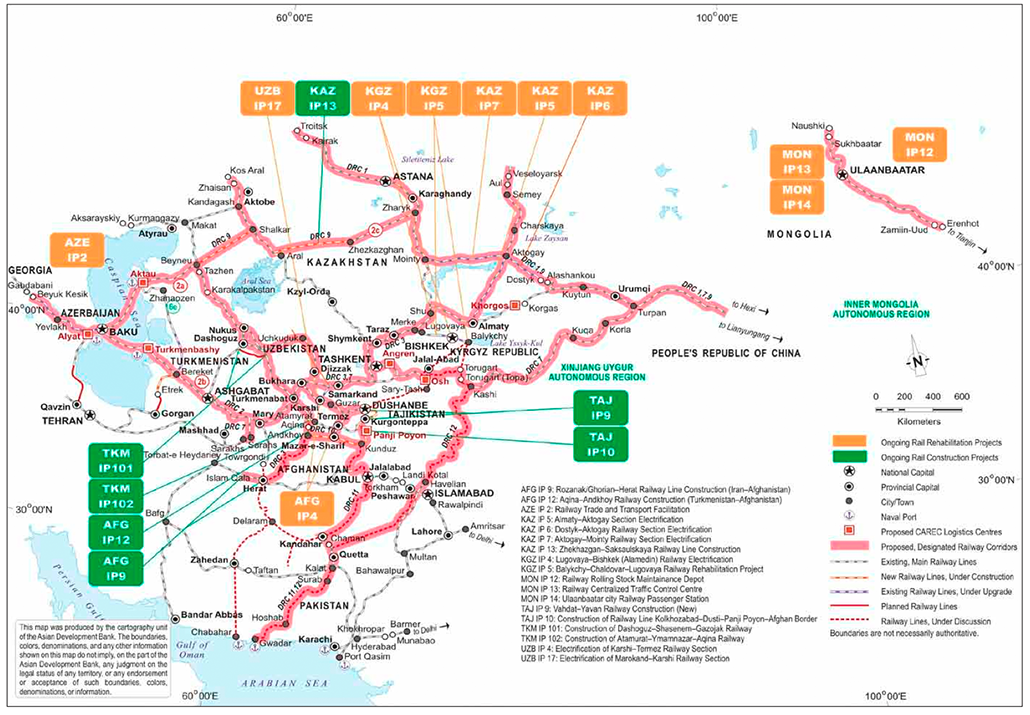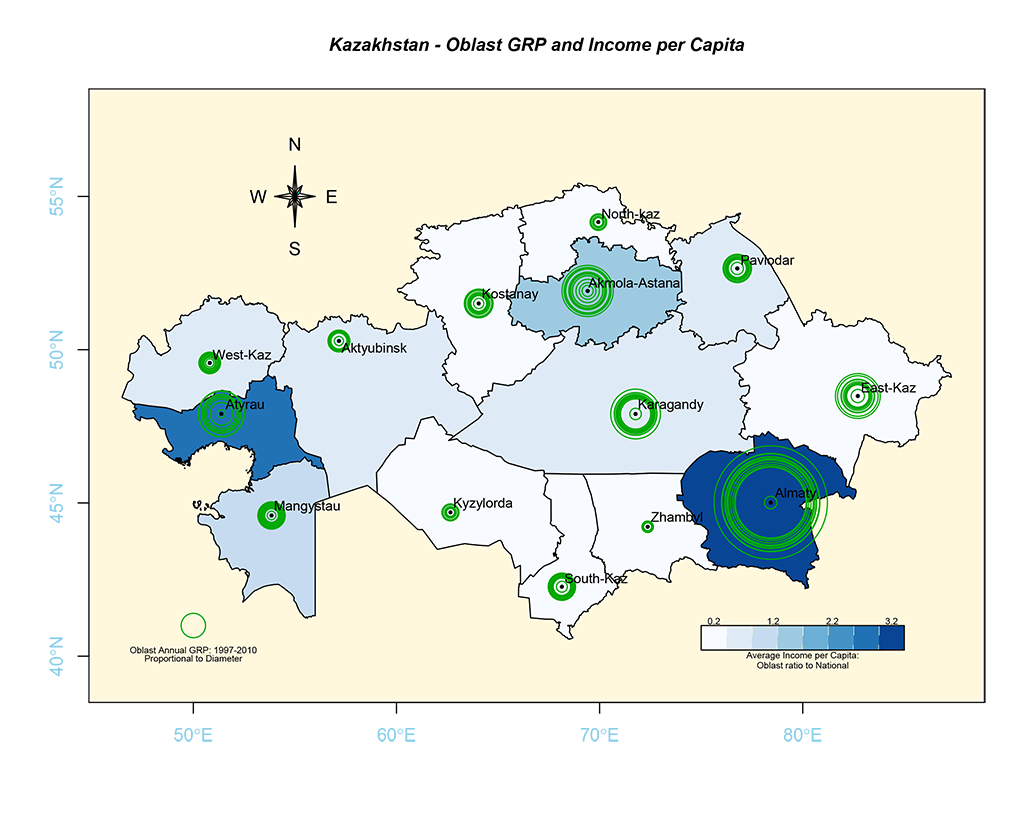Migrant Remittances in Central Asia and the Southern Caucasus
Place: Central Asia • Dates: 2006-7 • Partner: ADB
Project Summary
This report examines the long-term effects of an adverse remittance shock on two economies, Armenia and the Kyrgyz Republic. After some theoretical discussion of how remittances influence domestic resource allocation, we provide empirical results suggesting that the potential for remittances to act as a growth catalyst also works in reverse. Generally speaking falling remittances are directly immiserizing, undermining most livelihood indicators (income, real consumption, employment, real wages), while indirectly improving external competitiveness.
If the economic growth potential of remittances is to be more fully realized, and today’s receiving economies are eventually to become less vulnerable to adverse remittance cycles, it is essential that governments commit to developing the complementary resources, infrastructure, and institutions needed to leverage remittances for investment in future domestic productive capacity. This would include, but is not limited to, an enabling commercial environment of clearly defined property rights, contractual transparency and enforceability, financial intermediation, and infrastructure to reduce the costs of market access. Without this, remittances flows will stagnate in local expenditures, primarily on luxury goods and construction services, with little or no downstream multiplier, productivity, or sustained growth domestic benefits.
Most Recent Entries

Low Carbon Biomass Conversion in the Sierra Nevada






